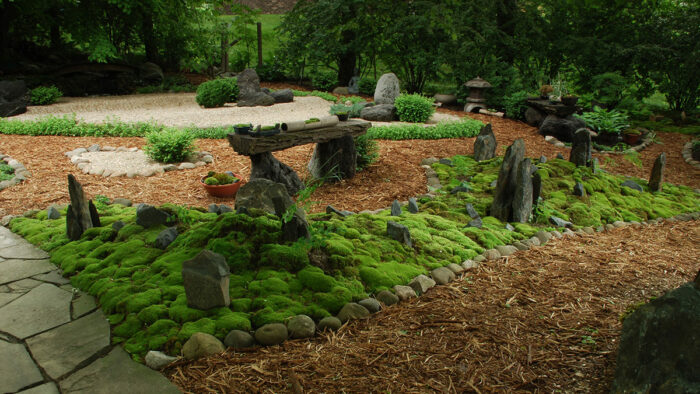
Most people have that shady patch in their yard where turf struggles but moss is abundant. Products and techniques are promoted for the purpose of eradicating this primitive member of the plant kingdom. However, before you eradicate moss, consider its potential in the more shaded landscape. Train a keen eye for where this group of plants thrives and how much it contributes to color and interest in our garden spaces.
Mosses provide great pockets of green and ask only for moisture in return
Mosses evolved over 390 million years ago, and now there are more than 15,000 species worldwide. They have been used for thousands of years in Japanese gardens for the effect of adding serenity and timeless beauty. Public moss gardens exist throughout the United States, although some of the best can be found in the Pacific Northwest. These tiny plants don’t produce flowers and don’t have actual roots that draw up any nutrients or water. Instead, they have minute ducts that open when moistened. They become dormant from lack of moisture and then become active again when moistened. Mosses have chlorophyll and do photosynthesize regardless of the temperature (hence their green color even in winter). Mosses carry no diseases, and despite popular belief, they are not parasites on other plants.
Consider natural habitats and timing when creating a moss garden
Establishing mosses is the most important and challenging step in the process of gardening with mosses. Observe mosses where they are currently growing on your property or in natural areas to get an idea of their preferred habitats. As they have no true roots, mosses will grow on logs, rocks, and even on concrete or clay planters, attaching themselves with structures called rhizoids.
Sourcing moss for a moss garden
Note: Mosses should never be collected from places such as public areas, natural areas, or state forests, as it is illegal to do so. Mosses are an important part of those ecosystems. Learn more.
When collecting from acceptable areas, never take more than a small 3-inch by 3-inch piece from each square foot of moss. Lightly loosen these patches, skim just beneath the rhizoids, and keep the patches damp through the entire process.

How to establish a moss garden
1. Give mosses clear soil surfaces for successful transplanting. Transplanting patches of moss is the most popular method of establishment.
2. Pick the right time to start your moss garden. The ideal moss planting times in the Midwest are from late March until mid-June and from September to November. The summer months are typically too hot and dry to successfully establish moss, although sufficient moisture is the primary consideration.
3. Prepare the area where the moss will go. Before planting moss “patches” in the garden, create a clear, bare surface free of leaves, weeds, and other debris. The soil should be tamped down and compacted (not loosened) before planting.
4. Secure the moss with moisture and barriers. Gently scratch this area with a rake, and spray the planting area until it is damp. Moisten the bottom of collected moss fragments, and press these on the selected site gently but firmly enough to remove air pockets under the patch. Use small sticks to secure patches to slopes.
How to care for a moss garden
Moss is fairly low maintenance. By doing the following, these patches will double in size within the year.
1. Keep moss moist. Twice daily for three weeks, mist the newly established moss patches with water from a spray bottle, or use the mister setting on a hose. Mist as needed through the growing season to keep the moss slightly damp.
2. Keep debris off of the moss. Keep your moss garden free of fallen leaves and debris, and limit any foot traffic. Moss is not resilient to repeated foot traffic or disturbance.
3. Use netting to help the moss establish. Consider protective netting to keep birds and squirrels from “exploring” your new moss planting. The netting may also help late in the fall to remove fallen leaves and debris.
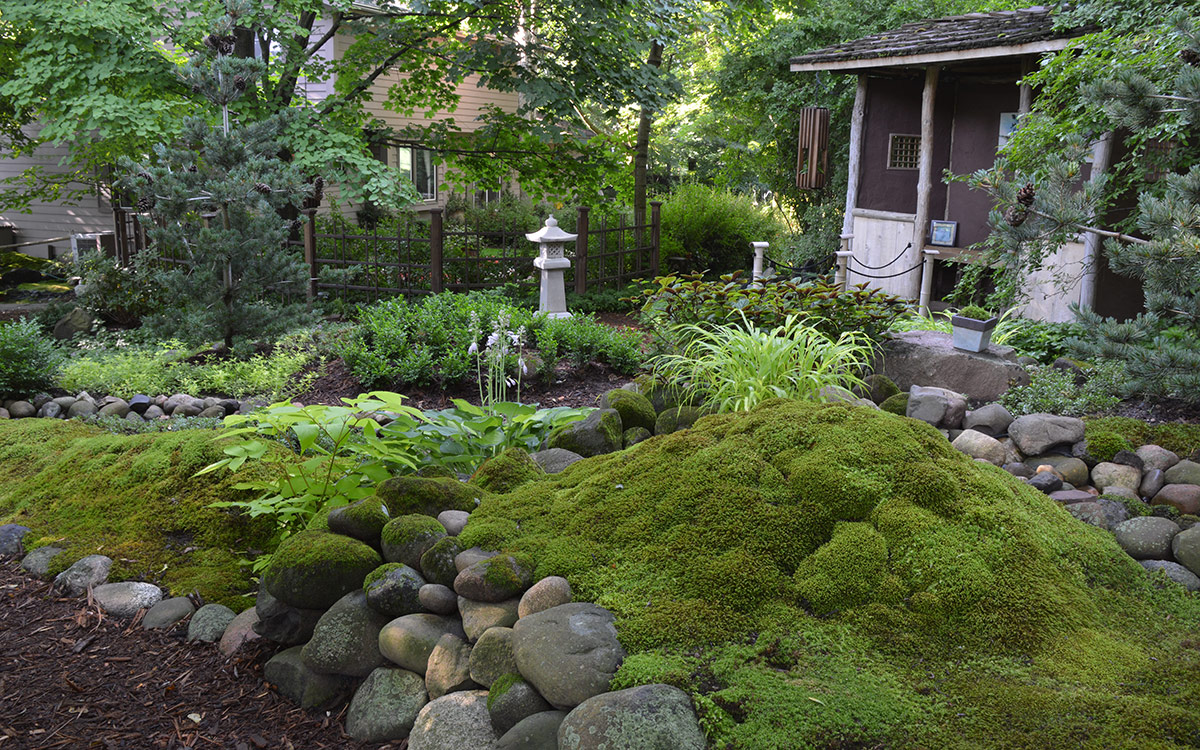
What mosses don’t achieve in height and floral display in your landscape they make up for in durability and low maintenance once established. No longer the bane of shady turf areas under trees, mosses are a wonderful component of the home landscape, and their potential is just starting to become realized. The next time you are in the woods, enjoy these members of the plant kingdom and appreciate that what they have been doing for our ecosystems and landscapes for millions of years can be easily enjoyed at home.
Learn more:
How to Use Moss in the Landscape
—Mark Dwyer is the garden manager for the Edgerton Hospital Healing Garden in Edgerton, Wisconsin, and he operates Landscape Prescriptions by MD.


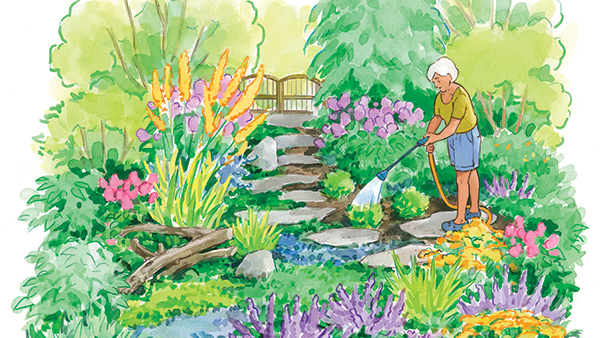
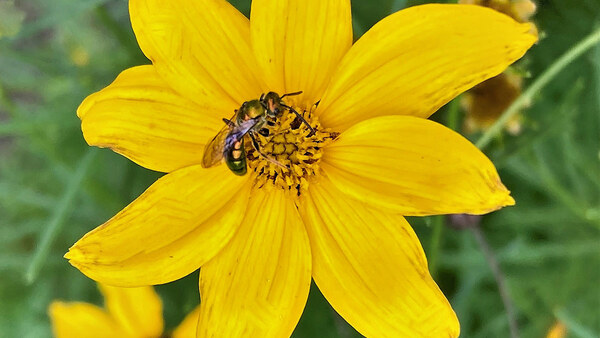
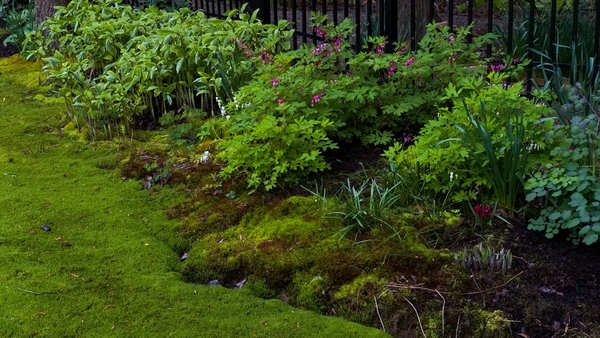
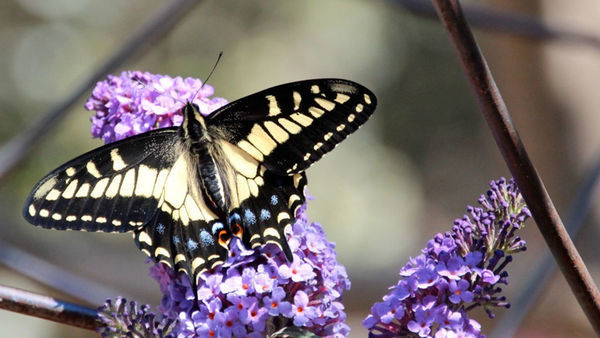












Comments
Log in or create an account to post a comment.
Sign up Log in